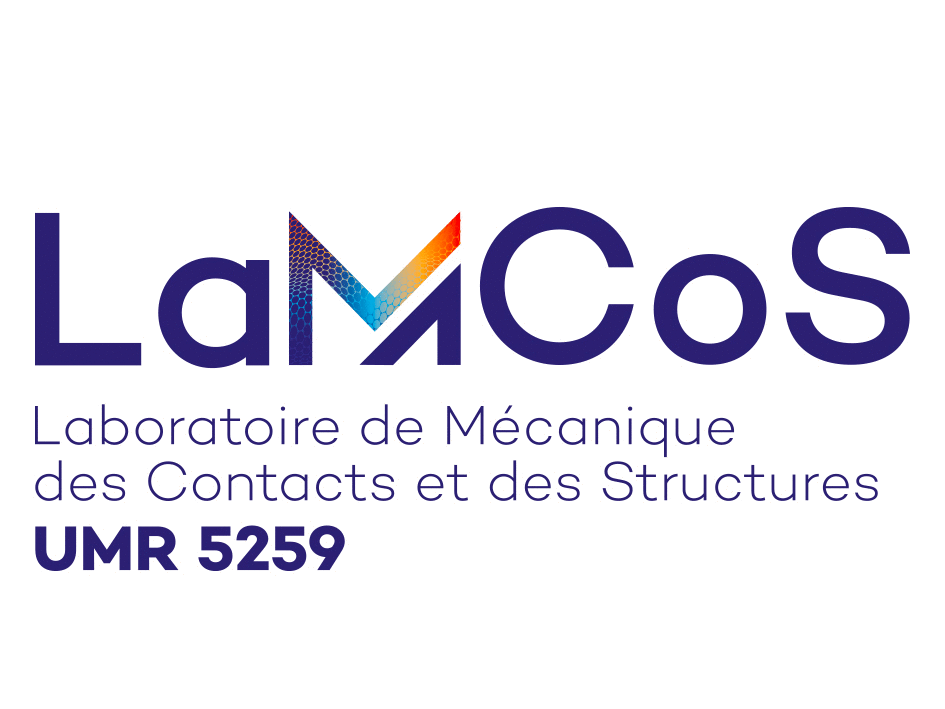Multi-physics and multi-model approaches : Artificial intelligence and data-driven computational mechanics

Example of a multiparametric digital twin for welding welding (Thesis by Y. LU, AREVA-SAFRAN-LAMCOS Chair)


Multi-scale topological optimisation (Th by T. DJOURACHKOVITCH)
Traditionally used to numerically solve different problems encountered in engineering sciences, Direct Computational Mechanics reaches its limits to deal with new scientific and industrial challenges (high-dimensionality curse, real time simulations, variability and uncertainties propagation, partially known models, …). MIMESIS team develops powerful numerical tools within new computational engineering paradigms. Such tools connects Computational Mechanics and data sciences.
The carried out activities concern essentially:
We can enumerate a list, that is by no means exhaustive, of the team’s activities and developments:
The carried out activities concern essentially:
- Reduced Order Models strategies (ROM): based on an offline-online paradigm, the team develops works on a posteriori ROM (e.g. sHOPGD sparse High Orthogonal Generalized Decomposition) that are powerful and suitable tools in addressing the previous challenges
- Model free approaches: based on data-to-simulations paradigm, the team carries out computational strategies to solve boundary volume problems when the explicit mathematical model is not known totally
We can enumerate a list, that is by no means exhaustive, of the team’s activities and developments:
- Digital twins for different process (welding, additive manufacturing, …)
- Real time simulations as support to decision-making and virtual process driving
- Parametric multi-physics simulations and scales transition
- Multiscale design of architecture materials and tailored materials
